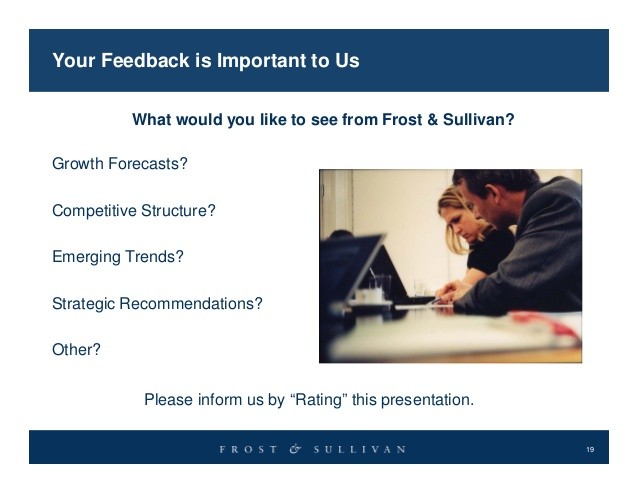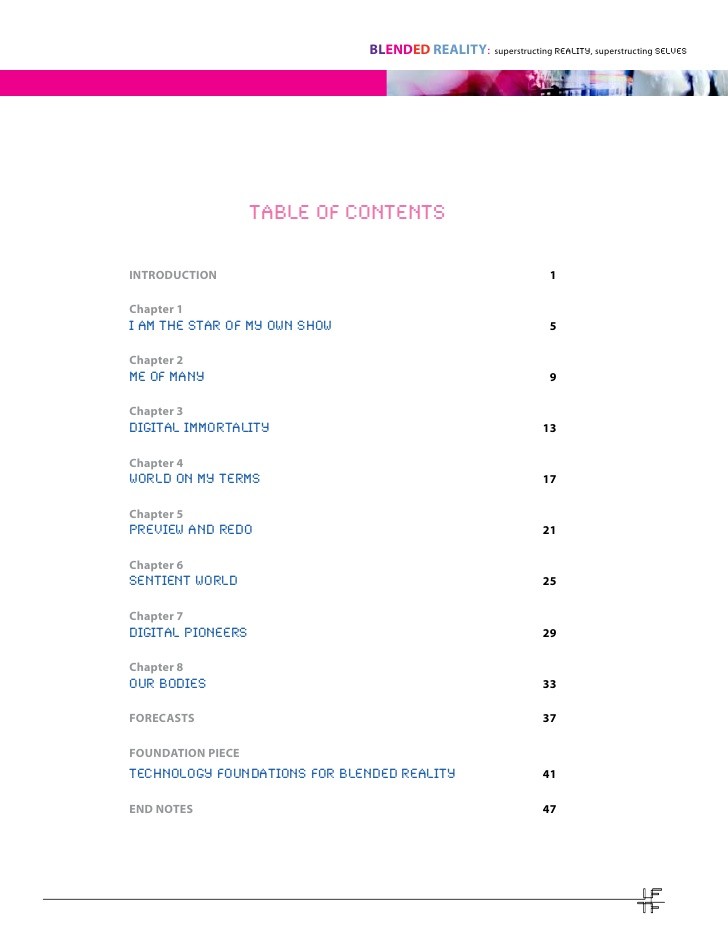Blending Market Realities with Forecasts
Post on: 16 Март, 2015 No Comment

Many trading systems and just about all opinions of market direction attempt to forecast the market. Whether one uses fundamental or technical analysis, if an opinion is being generated, you are attempting to forecast the market. Some use Elliot Wave theory, some rely on P/E ratios but the overall purpose is to estimate where prices will be at some point in the future. As traders and human beings we will always have opinions and ideas based on our beliefs about what we have experienced. No matter how hard we try not to have opinions, we just can’t seem to help having them. How we use these opinions, forecasts, and beliefs is important. Where the markets are concerned, the first thing to realise is that all the opinions or forecasts about the markets are nothing more than fantasies. At the moment a forecast is formed, its reality doesn’t exist.
With this said, do we want to just trade fantasies? Obviously not! Then how can we use forecasts to help is in trading, instead of hurting us? These are important questions. Here are some examples and analogies of how forecasts can help or hurt us.
Example One: Let’s say you believe the forecast generated by an Elliott Wave theory indicating that the stock XYZ is about to begin a trend up. Even the MACD is indicating positive divergence. You say to yourself, “A no-brainer, I’ll buy here and wait”. Another week goes by and instead of beginning its up-trend, XYZ stock goes lower. You say to yourself, “I entered this trade too early. But I BELIEVE it will head up very soon”, so you hold on another week.
Next week the stock goes lower, and now you are worried. The MACD bullish divergence is still present and the Elliott Wave forecast remains the same, but it is heading down for the last time, a shake out. You think yourself, “Can’t go much lower”. The next day the stock plummets, you panic and sell out your position and scratch your head saying, “How could that happen”? It happens all the time to traders relying on the forecast and not the actual market!
In this example, the trader held on to his fantasy based on his forecast. His faith in the forecast leads him to avoid using a stop-loss. This is typical for traders locked into this type of forecast trading. After all, their ego is involved here, too.
Let’s take the same example and show how to use the forecast tour advantage. Instead of just buying the stock outright based on its positive forecast, we wait until the stock shows signs of actually reversing its trend down. We feel based in our forecast that this stick will turn around soon, but the current reality indicates that it is not happening now.
By not purchasing the stock and waiting for the price of the stock to show signs of actual strength, we are trading the realities of the market and not the forecast.
However, we are using the forecast to get ready and to keep this stock in our lists of possibilities.
Look at forecasts to help round out your trading. It is another trading tool you can use. Use the following analogy as a way to think of forecasts. Let’s say you are planning a sailing trip for the day, you check the weather forecasts and it is not good with heavy rain and wind expected. You have a great boat, you’re an experienced sailor, so off you go. As you leave the dock, the weather is perfect. It is sunny with light winds. Now I ask you, even though the forecast is for very heavy rain and heavy winds, would you wear your rain gear now or wait till the conditions change? I think most of us would wait until the conditions actually change. You would also set the sails of the boat to the current weather conditions and winds and not the forecasted conditions which may or may not even happen. If you put up a small storm sail now, you will not be able to sail the boat in the current light air conditions. As the weather conditions change, you change along with the weather!
The sailor in this example would use the forecast to be PREPARED for a possibility of bad weather by bringing rain gear and the proper sails and crew. It is the same with trading! Whatever the forecast is, take note but trade with the current conditions and be ready if conditions change. In other words, trade the realities of the market, not the forecast! Or maybe another way of looking at this is to “Live In The Present And Not The Future Or The Past!
When trading the “Realities” of the market, it is also important to trade within the “Realities” of your risk capital. Implementing sound money management encompasses many techniques and skills intertwined by the trader’s judgment. All three of these ingredients must be in place before implement a good money management program along with their trading. Failure to implement a good money management program will leave the trader subject to the deadly “risk-of-ruin” exposure leading eventually to a probable equity bust.
Whenever I hear of a trade making a huge killing in the market on a relatively small or average trading account in a short period of time, I know the trader was most likely not implementing sound money management. In cases such as this, the trader more than likely exposed themselves to obscene risk because of an abnormally high “Trade Size”. In this case, the trader or gambler may have gotten lucky, leading to a profit windfall. If this trader continues trading in this manner, probabilities indicate that it is just a matter of time before huge losses dwarf the wins, and/or eventually lead to a probable equity bust or total loss.
Whenever I hear of a trader trading the same number of shares or contracts on every trade, I know that this trader is not calculating their maximum “Trade Size.” If they were, then the “Trade Size” would change from time to time when trading.
In order to implement a money management program to help reduce your risk exposure, you must first believe that you need to implement this sort of program. Usually this belief comes after having a few large losses that cause enough psychological pain that you want and need to change. You need to understand how improper “Trade Size” actually will hurt your trading.

Novice traders tend to focus on the trade outcome as only winning and therefore do not think about risk. Professional traders focus on the risk, and take the trade based on a favourable outcome. Thus, the psychology behind “Trade Size” begins when you believe and acknowledge that each trade’s outcome is unknown when entering the trade. Believing this makes you ask yourself, “How much can I afford to lose on this trade and not fall prey to the “risk-of-ruin” outcome”?
When traders ask themselves that, they will then either adjust their “Trade Size” or tighten their stop-loss before entering the trade. In most situations, the best method is to adjust your “Trade Size” and set your stop-loss based on market dynamics like we teach here in “Applied Reality Trading”.
During “draw-down” periods, risk control becomes very important and since good traders test their trading systems, they have a good idea of the probabilities of how many consecutive losses in a row can occur. Taking this information into account allows the trader to further determine the appropriate risk percentage to take on each trade.
Most trading systems use a “Moving Average” to base trading decisions, especially trade exits. “Moving Averages” are usually derivatives of price and therefore do not represent the natural “Truth” of the market. Furthermore, “Man-Made” derived moving averages can be adjusted with variables such as simple vs. compounded, and are subject to alterations based on opinions and prone to subjectivity. Thus, I do not recommend using them as primary entry and exit signals because they do not represent the true realities of the market. Instead use an objective based trading approach to tell me when to exit the market! In addition, most trading systems that use moving averages to exit trades tend to “whip-saw” the trader in and out of trades too often!
Below is a chart illustrating how we can use a “Reality Based” trading system to trade the Reality of the market. When analysing the chart, notice how the triangular shapes on the chart called “Pyramid Trading Points” capture the “Reality” of the market as it is unfolding. Both trade entries and exits are set based on the price activity and not arbitrarily set by the trader. This is important because we want to enter and exit the market based on market reasons or “Market Truths”.
This is a chart of the E-Mini (ES H4 contract) on a one minute intraday time frame.
So, while it is fine to have an opinion as to market direction, it is best to base your trade entry and exit decisions on “Market Truths”. Trade the realities of the market as the market unfolds and see if dealing with reality delivers a better result!














